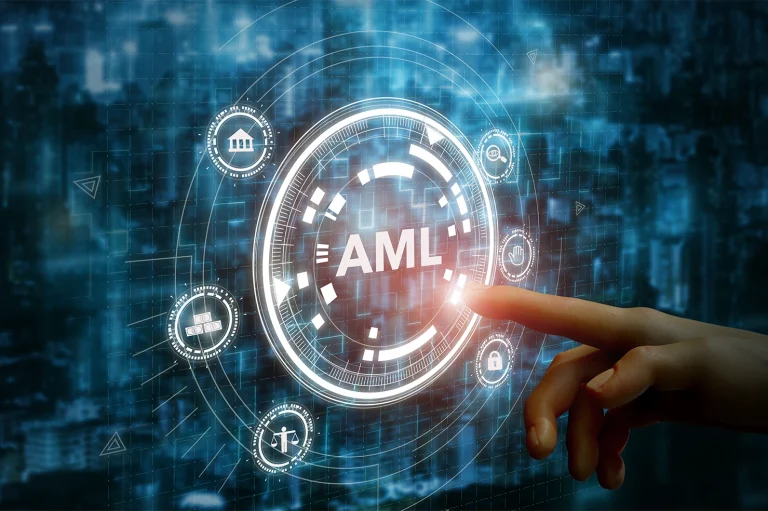The Global Nature of Financial Cyber Risk
One of the defining features of the modern financial system is its global interconnectedness. Banks, payment processors, clearinghouses, and investment firms often rely on the same networks, technologies, and third-party vendors to execute complex transactions. While this interdependency speeds up trading and settlement processes, it also magnifies the impact of cyberattacks. A successful intrusion into one node-such as a single payment processing partner-can reverberate through multiple institutions, potentially triggering a cascade of disruptions in global markets.
Regulatory Pressures and Complexity
In an attempt to stave off catastrophic risks, regulatory bodies like central banks and international organizations (e.g., the IMF) have been intensifying oversight. Financial institutions must comply with stricter data protection laws, reporting requirements, and cybersecurity frameworks (such as the NIST Cybersecurity Framework or GDPR for entities doing business in Europe). Although these regulations aim to enhance resilience, their complexity can be burdensome. Implementing multiple compliance measures across different jurisdictions requires significant resources, thereby complicating financial organizations’ security strategies.
Emerging Technologies as Double-Edged Swords
New technologies-such as cloud computing, artificial intelligence, and blockchain-present immense opportunities for banks and other financial players to streamline operations. Yet, these same technologies often introduce new vulnerabilities. Cloud misconfigurations, unsecured APIs, and reliance on intricate fintech integrations can open doors to cybercriminals if not managed with robust security measures. Consequently, a delicate balance exists between innovation and the preservation of a tight security posture.
How Banks Are at Risk
High-Value Targets
The primary incentive for attacking banks is clear: the potential financial gain is enormous. Even a single successful breach can yield large sums of money or valuable customer data (including personally identifiable information and banking credentials). This high reward margin attracts sophisticated criminal syndicates and well-funded state-sponsored groups that can invest heavily in their attack strategies.
Legacy Infrastructure
Despite ongoing modernization efforts, many financial institutions continue to rely on legacy systems. These older applications, mainframes, and networks can be difficult to update or patch without disrupting core services. This situation creates “weak links” that attackers can exploit. Additionally, banks often integrate legacy systems with newer software to cater to customers’ evolving digital demands-a move that frequently introduces security gaps or configuration errors.
Insider Threats
While external attacks get the most media attention, insider threats remain a significant risk. Employees or contractors with broad access privileges can misuse their position to steal sensitive data or sabotage systems-either for personal gain or under coercion. Insider threats can be particularly devastating because they originate behind perimeter defenses. Monitoring user behavior and setting least-privilege access controls are therefore paramount to reducing insider-related risks.
Extensive Attack Surface
Banks operate across multiple channels-online platforms, mobile apps, ATMs, in-branch services, and third-party integrations-forming an extensive attack surface. When a bank adds new functionalities or partnerships, it also increases its points of vulnerability. Managing these risks demands a holistic approach that spans device security, data transmission, user authentication, and continuous monitoring.

Types of Cyber Attacks Targeting Banks
1. Phishing and Social Engineering
Banks are a favorite lure for phishing campaigns. Attackers send convincing emails or text messages purporting to be from legitimate financial institutions, tricking recipients into revealing usernames, passwords, or other sensitive information. Social engineering can also involve phone-based schemes wherein fraudsters impersonate customer service agents or IT staff. Once an attacker obtains valid credentials, they can often bypass external defenses.
2. Ransomware
Ransomware attacks encrypt an organization’s critical data and demand payment-often in cryptocurrency-to restore access. While ransomware affects organizations in many industries, the risk is especially alarming for banks given their dependence on uninterrupted operations. A successful attack can immobilize customer-facing services, lead to significant financial losses, and heavily damage a bank’s reputation. Attackers also sometimes threaten to leak stolen data unless the ransom is paid.
3. Distributed Denial of Service (DDoS)
DDoS attacks aim to overwhelm a bank’s network or servers with excessive traffic, disrupting services. Cybercriminals may launch a DDoS offensive as a smokescreen while conducting other malicious activities (e.g., data exfiltration) or use it as leverage in an extortion scheme. Frequent targets include online banking portals, payment gateways, and internal corporate networks.
4. Advanced Persistent Threats (APTs)
State-sponsored actors or highly sophisticated hacking groups may conduct APT campaigns against banks for financial gain or geopolitical leverage. APT attackers gradually infiltrate network defenses to establish long-term presence, discreetly exfiltrating valuable data over time. These stealthy operations can go unnoticed for weeks or months, significantly raising the risk of substantial data loss or reputational damage when eventually discovered.
5. Insider Attacks
As discussed earlier, insiders with legitimate access can abuse their privileges to commit fraud or sabotage. Whether driven by financial incentives, grievances, or external coercion, rogue employees can inflict more damage than external hackers since they often know exactly where critical data and infrastructure components reside.
6. ATM and POS Attacks
Physical points of service-like ATMs and point-of-sale (POS) terminals-are also highly targeted. Criminals employ card skimmers, network sniffers, or even physical tampering to access customer payment information. Some advanced threat actors also use malware designed specifically to target the operating systems running on ATMs.
Cybersecurity attacks targeting the finance sector are sophisticated, persistent, and potentially devastating. From relatively simple phishing schemes to state-backed Advanced Persistent Threats, banks operate in a hostile landscape where attackers constantly develop new methods to bypass defenses. Coupled with the financial system’s global interconnectedness and the valuable data at stake, it’s no wonder that regulators and security experts alike consider the sector a high-priority target.
At Enqura, we deliver cutting-edge solutions designed to provide top-tier security in the evolving financial landscape. With Fintech Five, our powerful suite of five integrated AI-driven fintech products, we provide a holistic approach to safeguarding your operations in the digital world.



